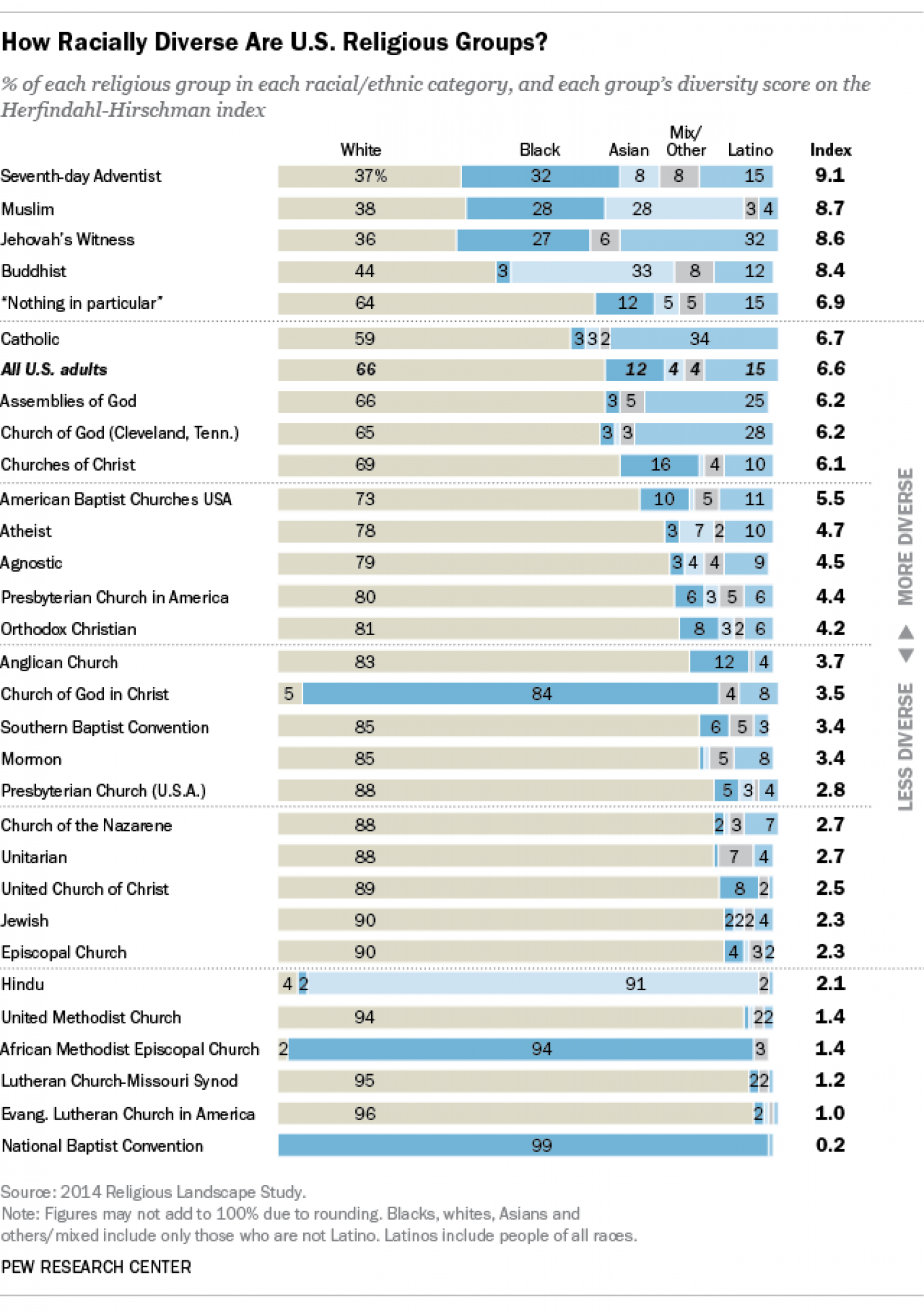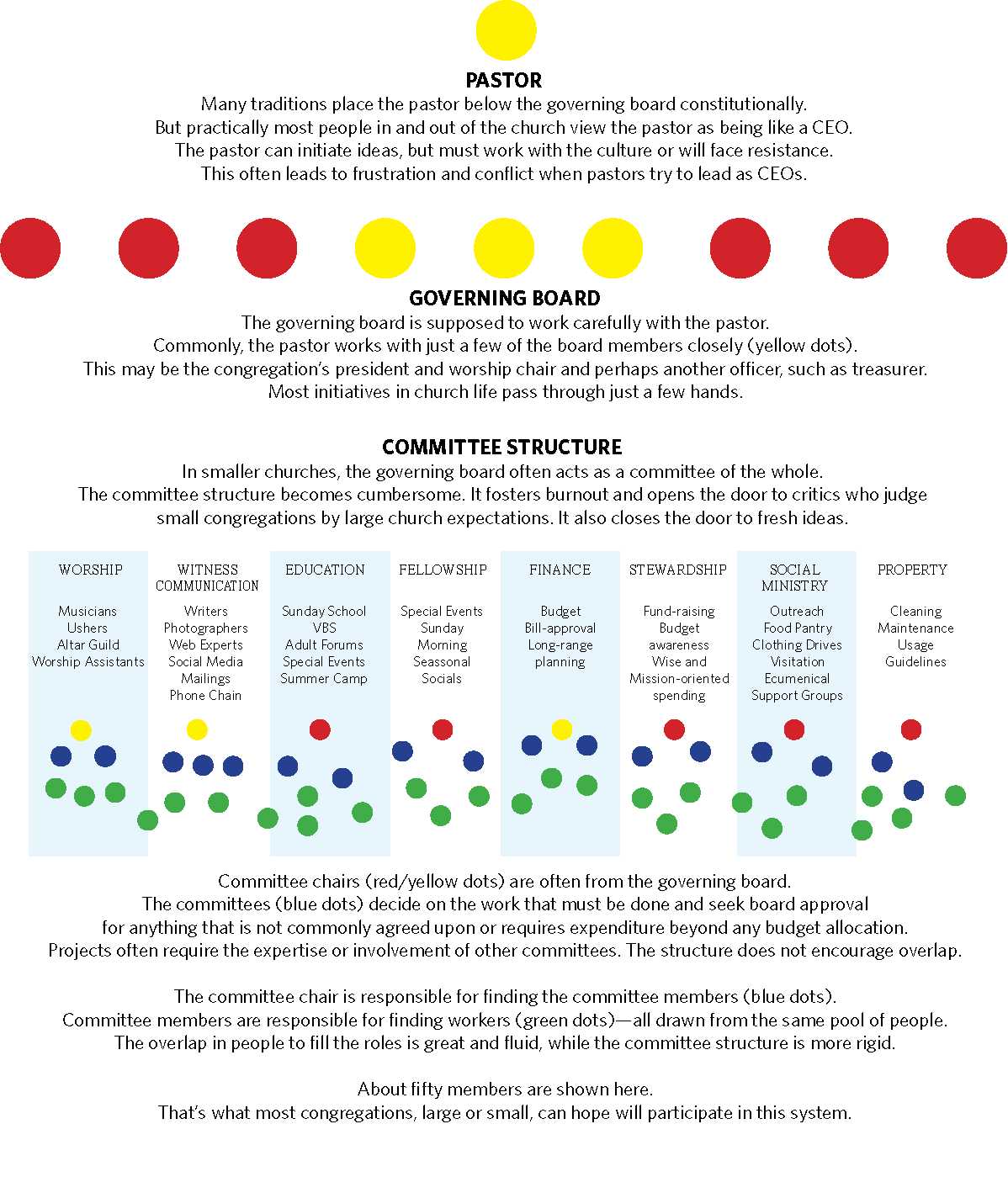The Black Lives Matter movement is interesting in that it rises from outrage and desperation.
It shouldn’t take bullets aimed at unarmed Black youth to get attention. But it has—only after decades of lots of good people looking the other way.
I am going to share our experience in the Church on this topic. Maybe it’s unusual. I hope so.
There is a chance that it is not unusual—that it is subtly characteristic of decades of behavior that no one in the Church likes to talk about. Little things happen. No one pays much attention. Even if we notice, there is a tendency to stay quiet. The people involved are basically good people. They may have been acting within custom or may not have thought things through.
Our congregation was (and technically may still be, who knows?) part of the Evangelical Lutheran Church in America.
In a recent study, the ELCA ranked next to last in diversity with only the National Baptist Convention slightly below them. We are 96% White and the National Baptist Convention is 99% Black.
The ELCA has been pushing for diversity for several decades. The quota system for the Synod’s Assemblies encourages additional representation for the 4% of minorities. Attend a large gathering of Lutherans and you can easily get the impression that we are very diverse. But our diversity is largely separate but equal. Most congregations are 96% one color or another.
Some of this is intentional.
There is a disconnect—probably because in our desire to prove achievement we look for useful statistics.
There is also a need to seek credit for and control change. It serves administrative purposes better to report that we started a Black congregation with 100 members than it does to say ten Black members happened to join ten previously all-White congregations.
True diversity is far more likely to be achieved organically—in increments far less impressive statistically.
Our congregation has a great deal of experience working with diversity. It wasn’t always easy. Resistance in the congregation was NOTHING compared to resistance from our denominational leadership.
Gossip in the Church may be more powerful than the Word of God—in the short term, anyway.
The gossip in our denomination, which spent decades eyeing our endowment funds, was and remains that we are a racist congregation. In other words, we deserve their actions taken against us. In secular society it is called “playing the race card.”
I could tell a dozen stories about our history of diversity which began in the 1940s. It wouldn’t make any difference. Our history is told through synod filters. We are racist if they say so.
So I’ll tell only one. It remains a touching, sorrowful memory.
Our congregation was growing very quickly and included strong diversity. The recent growth spurt had a ten-year history. One family joined, then another and another. Their influence started to grow and in 2006-2007 about 40 Black members, many of them with East African roots, joined our congregation.
This raised eyebrows at the synod level. Leadership had triaged our church long before as not worthy of attention. As one bishop had told us in 2001, “We’ll leave you alone. You’ll die a natural death in ten years.”
In 2006, the newly elected bishop, who had worked with the previous bishop, seemed to have accepted this assessment. She announced soon after election among clergy that she intended to close our Church. We heard through the usual channels—church gossip.
Her plan was premature. The ten-year waiting period was not up. The evidence of our growth was spoiling their plans to triage and close us.
Muscle-flexing began.
First the Background
On November 1, 2007, the bishop met with our council. She seemed to be determined to prove that our black membership had been corralled at the last minute as a Hail Mary attempt to ward off inevitable failure.
She started the meeting with a rant about us being adversarial (not a bad word, by the way). We pointed out that it takes two to tango. At last she settled down. She had requested a list of our members, which we provided, she reviewed the list and commented, “A lot of these names look African.”
Then she made a remarkable statement with roots firmly in 1950s thinking.
“White Redeemer must be allowed to die. Black Redeemer, we can put them anywhere.”
Was she really saying that Black people cannot wisely choose a church for themselves?
Yes. Our oldest black members shared after the meeting that a synod representative had visited with them 10 years ago when they joined and suggested that they would better fit in elsewhere.
I think the explanation for this comes from their interest in placing pastors. They see Black congregations wanting Black pastors and White pastors better able to serve White congregations. Their interest was in fitting clergy pegs in congregational holes. Diversity demands different thinking from everyone.
But back to that meeting. Our bishop now decided to prove her point. She decided ask each council member how long he or she had belonged to Redeemer.
Her jaw was about to drop.
She turned first to one of our Black members. She answered, “Ten years.” The next, “Eight years.” The next two, “Seven years.” We proved that our membership had grown steadily—not overnight.
We left with the bishop’s promise that we could work with a synod staff member.
As our council crossed the parking lot, we broke into song. Progress!
We heard nothing from our bishop until mid-February, when we received a letter that she intended closing our church.
Closing our church had not been discussed at the November 1 meeting. The promises made to us at that meeting were all broken.
From the Mouths of Babes
This was all the prelude to the scene that remains etched in my mind.
As a long-time Sunday School teacher I have noticed that children often form important and unique bonds. Sunday School teachers are independent adults in their lives. They create a safe place to ask about things that for one reason or another might not be easy for them at home or school. If their parents seem to be troubled, they don’t want to add to the trouble. They might feel vulnerable with authority figures in school and surrounded by peers.
It is the Sunday morning after our congregation received the troubling letter from our bishop.
There are two representatives of synod sitting in our sanctuary as worship begins. Their presence has all on edge. They are not present for any good reason. They had shown their cards. Worship was awkward from the get-go and it was about to become even more so.
It is time for the children to come forward for some special time together. I led that part of the service and it had evolved into a mini-Sunday School.
The youngest children—all of them children of our African members—came forward. They were not their usual spirited selves.
They had been attending our church long enough that we had a good rapport. They knew I always chatted with them a bit, talked about the gospel, sang a song and prayed together. They were always eager participants.
The vibes this morning were different. The children were troubled. Their trust was such that they paid no attention to the rest of the congregation. They needed to share and didn’t wait to be asked. They were bursting with concern.
It spilled out. A letter had come and the letter had made their parents cry. “Daddy was crying.” They knew it had to do with Church—their church. These children had been worried for days.
Moms can cry. When children see their fathers cry, it is truly upsetting. Their security is threatened. They wanted to talk about this. But two of the people behind the upsetting letter were sitting rather smugly right beside them—an arm’s length away.
 How was I to change the subject? I wanted to talk about their concerns but not in front of people who had made us enemies. One of the children had an arm in a sling. I diverted their concerns by asking about that. I didn’t feel good about it. The children deserved answers. We all did!
How was I to change the subject? I wanted to talk about their concerns but not in front of people who had made us enemies. One of the children had an arm in a sling. I diverted their concerns by asking about that. I didn’t feel good about it. The children deserved answers. We all did!
Our visitors were oblivious. After church, one of them said simply, “Nice children’s sermon.” (It was about Peter’s dream that revealed the need to open mission beyond the standing traditions. I couldn’t make this up!)
Clueless.
So we understand the frustration of those who cry for justice. On this day, none of us mattered—Black or White. If we don’t serve the purposes of Church leaders, we may as well not exist. Sadly, it was not an isolated instance.
With this experience, it is hard to take seriously denominations as they take up the “Black Lives Matter” banner now.
Other churches can tell their own stories. The frustration is not going to go away.
photo credit: Tanzania, girl in primary school via photopin (license)











